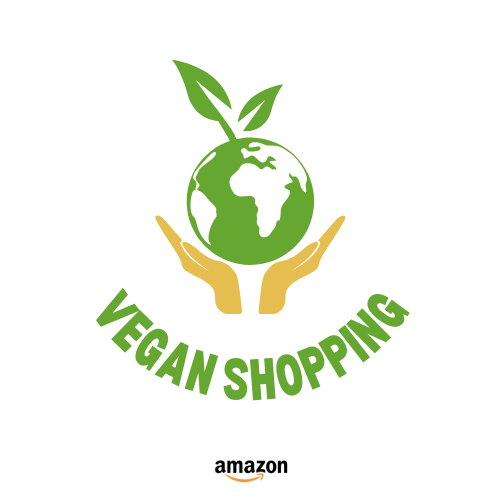
The textile and leather industry has a significant environmental impact. Traditional production processes contribute to greenhouse gas emissions, water pollution, and microplastic pollution.
‘‘Revolutionizing the fashion industry, biofabricated materials like genetically engineered bacterial cellulose promise a sustainable future. Combining synthetic biology and environmental ethics, we forge paths towards cruelty-free, eco-friendly alternatives, challenging traditional practices and championing a new era of vegan fashion that respects our planet and its inhabitants.’’
Bacterial cellulose (BC) offers a promising, sustainable alternative. BC is a biomaterial produced by bacteria like Komagataeibacter rhaeticus. Recently, scientists have genetically engineered this bacteria to produce self-pigmenting BC, eliminating the need for harmful dyes.
Environmental and Ethical Imperatives
Traditional textile production has a heavy environmental cost. Production facilities release greenhouse gasses, pollute waterways with chemicals, and contribute to microplastic pollution through synthetic fibers.
Veganism is a philosophy that rejects animal products for ethical reasons. Consumers are increasingly demanding sustainable and cruelty-free alternatives in fashion.
The Science of Bacterial Cellulose
Bacterial cellulose (BC) is a natural polymer produced by bacteria like Komagataeibacter rhaeticus. The bacteria feed on sugars and ferment them, creating cellulose fibers. BC is strong, lightweight, and breathable, making it a good alternative to traditional textiles.
Engineered Living Materials (ELMs) are a new class of materials created by manipulating the genes of organisms. Komagataeibacter rhaeticus engineered to produce self-pigmenting BC is an example of an ELM.
Innovations in Biofabrication
Scientists have genetically engineered Komagataeibacter rhaeticus to produce melanin, a natural pigment. This eliminates the need for traditional dyeing methods, which can be harmful to the environment and human health.
Melanin biosynthesis is the natural process by which bacteria produce melanin. Using this process eliminates toxic dyes and reduces water usage in the dyeing process.
Prototypes of fashion products, such as bags and shoes, have already been created using pigmented BC.
The Potential of Synthetic Biology in Fashion
Synthetic biology tools can be used to create even more innovative biofabricated textiles. Scientists are exploring patterned gene expression in BC, where melanin production is controlled to create patterns.
Optogenetic patterning uses light to control gene expression. This could allow for the creation of dynamic textiles that change color or pattern in response to light.
Modular gene cloning tools are essential for these innovations. They allow scientists to easily assemble the genetic instructions needed to program bacteria for specific purposes.
Challenges and Opportunities
Scaling up BC production for commercial use is a current challenge. However, ongoing research and development are rapidly advancing this field.
The fashion industry has a great opportunity to embrace sustainable and vegan materials like biofabricated BC.
Conclusion
The environmental impact of the fashion industry necessitates a shift towards sustainable alternatives. Biofabricated BC produced using synthetic biology holds immense promise for the future of vegan fashion.
Consumers and industry stakeholders alike can play a role in supporting the development and adoption of these innovative materials.
Source:
Self-pigmenting textiles grown from cellulose-producing bacteria with engineered tyrosinase expression | Nature Biotechnology https://link.springer.com/article/10.1038/s41587-024-02194-3
Visit Our Amazon Store!
All sales of our Vegan Products help promote animal rights worldwide!
General Resources
Books:
Dominion: The Power of Animals in Nature and in Our Imagination by Matthew Scully
Animal Liberation by Peter Singer
Eating Animals by Jonathan Safran Foer
A Billion Hungry Mouths: Feeding the World Without Consuming the Planet by Colin Tudge
Websites and organizations:
Documentaries:
Articles:
"The Case for Animal Rights" by Tom Regan
‘‘Why We Love Dogs, Eat Pigs, and Wear Cows: An Introduction to Carnism’’ by Melanie Joy
‘‘Animal Rights: The Abolitionist Approach’’ by Gary L. Francione
‘‘Fellow Creatures: Our Obligations to the Other Animals’’ by Christine Korsgaard
Seeds of Compassion: Finding Jesus Christ in a Vegan World by Michael Corthell
Receive a single informative article daily at 12:01 AM by email. Explore my homepage with exciting vegan and plant-based news content and delightful and delicious recipes for additional updates. Stay connected to the vegan world and all it has to offer.
Visit The Vegan Project Global our Facebook page for more vegan outreach and education.
Also, visit our new YouTube channel
The information on this vegan/plant-based blog is for general informational purposes only. It is not intended as legal, medical, or professional advice. Readers should consult with appropriate professionals for specific advice tailored to their situation. The blog owner is not responsible for any reliance on the information herein.





This so interesting! High tech, but very creative! Thanks for sharing.